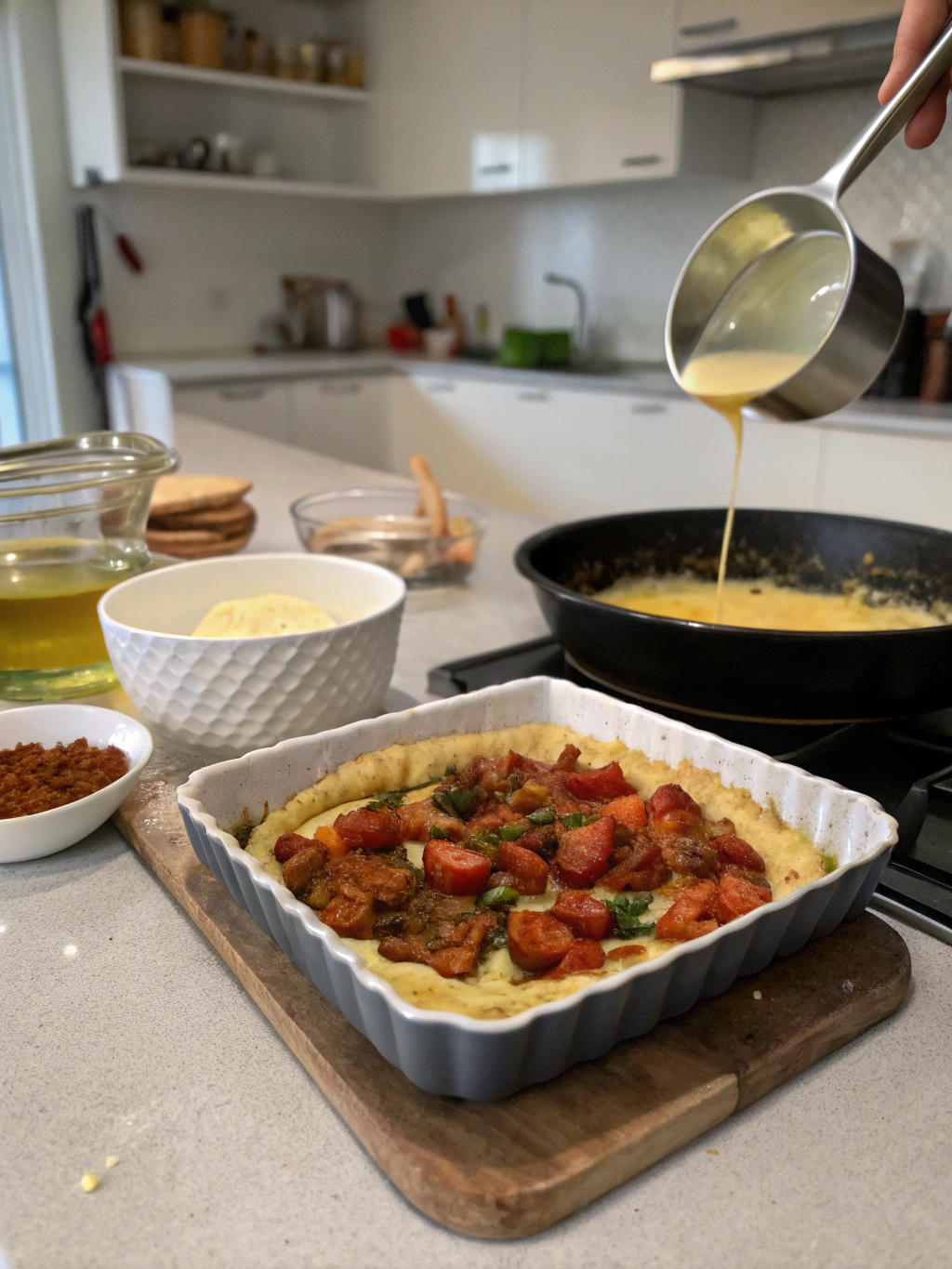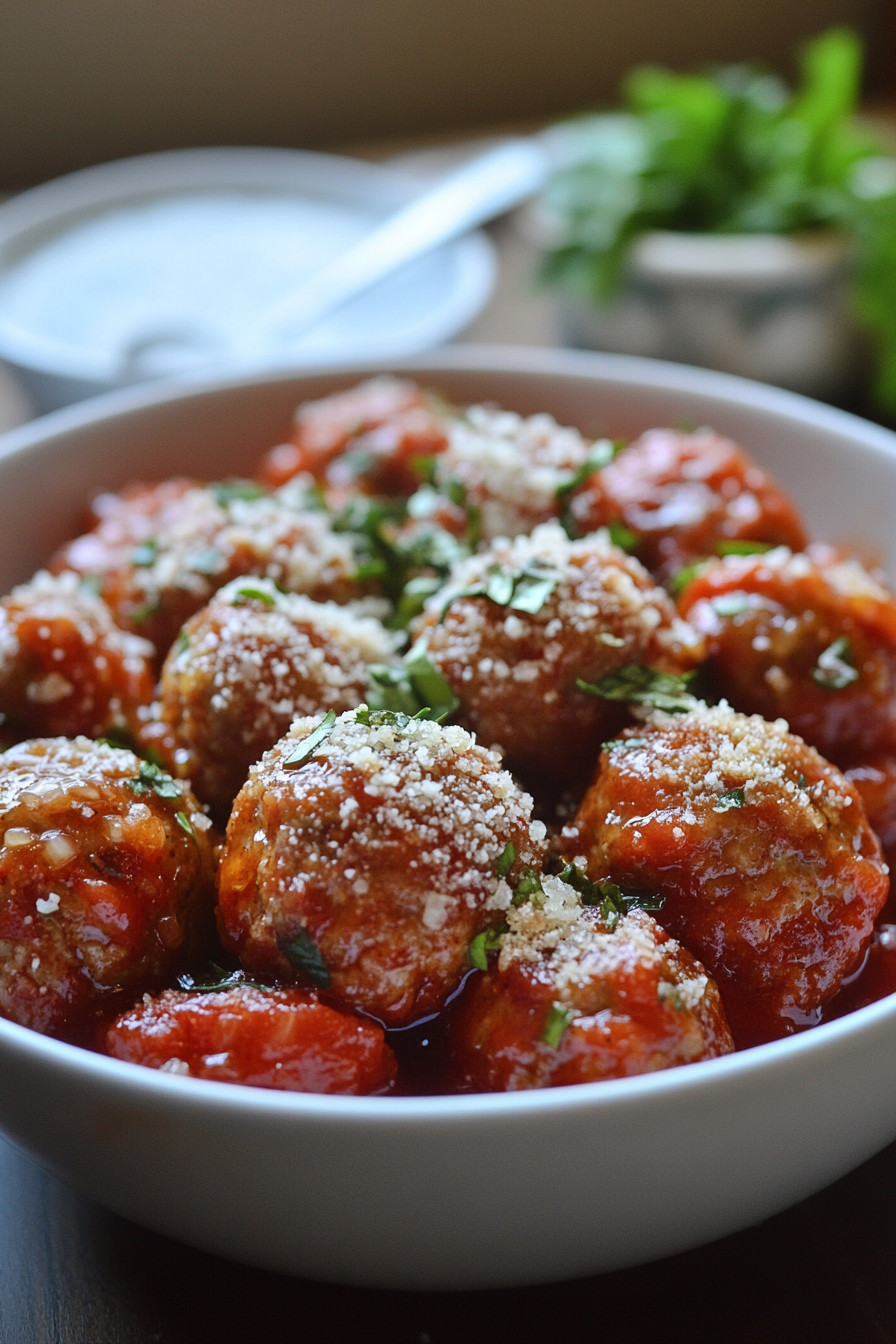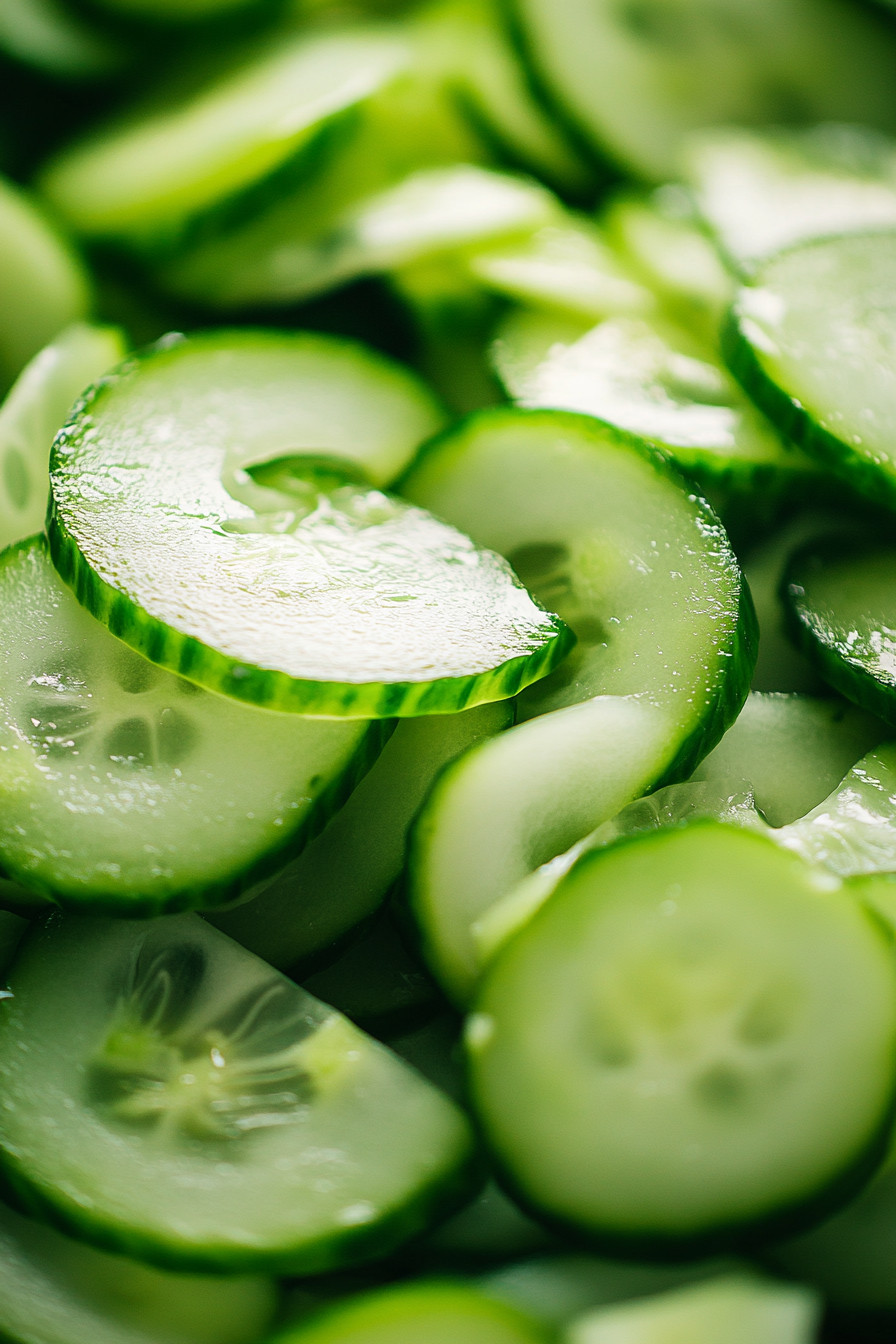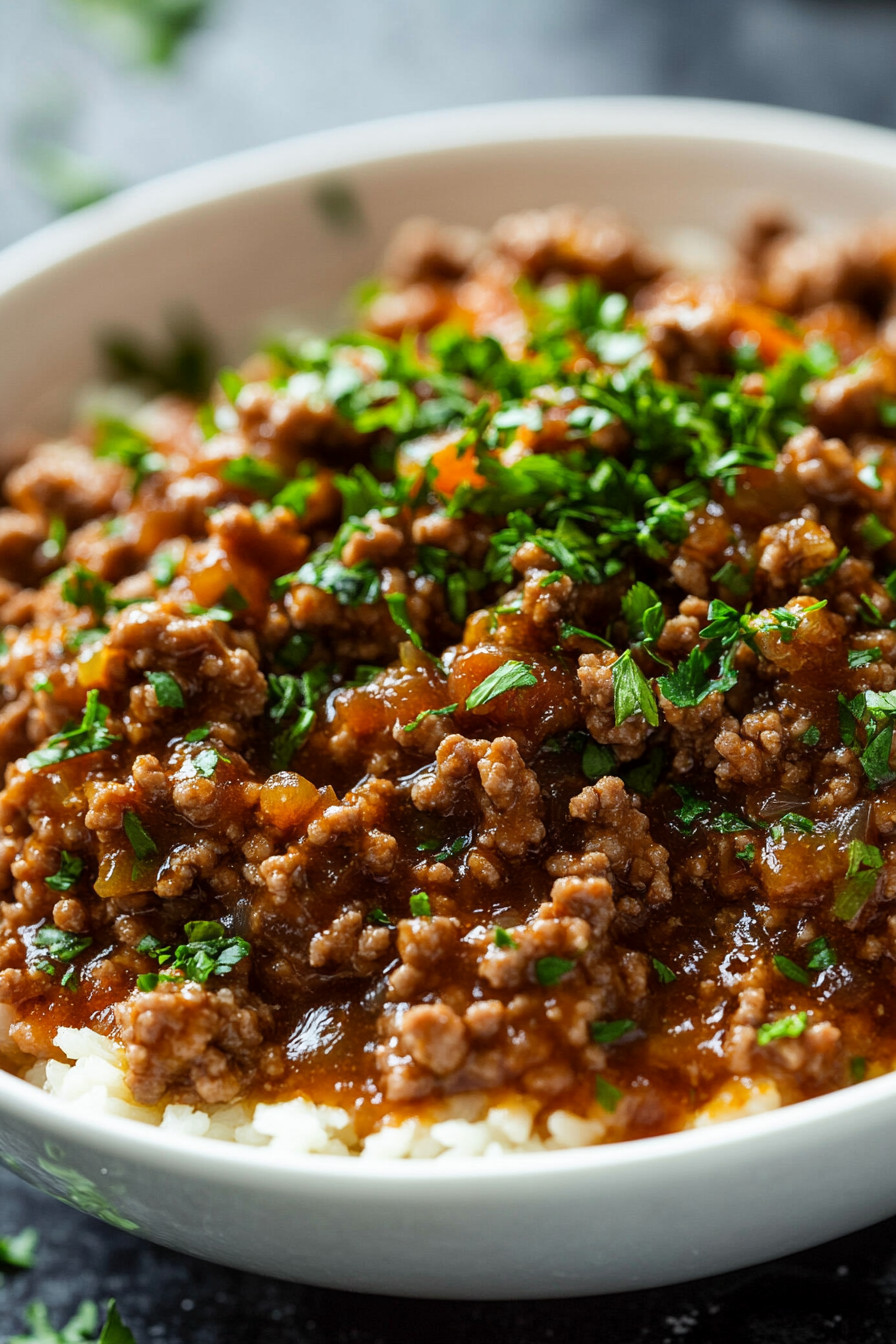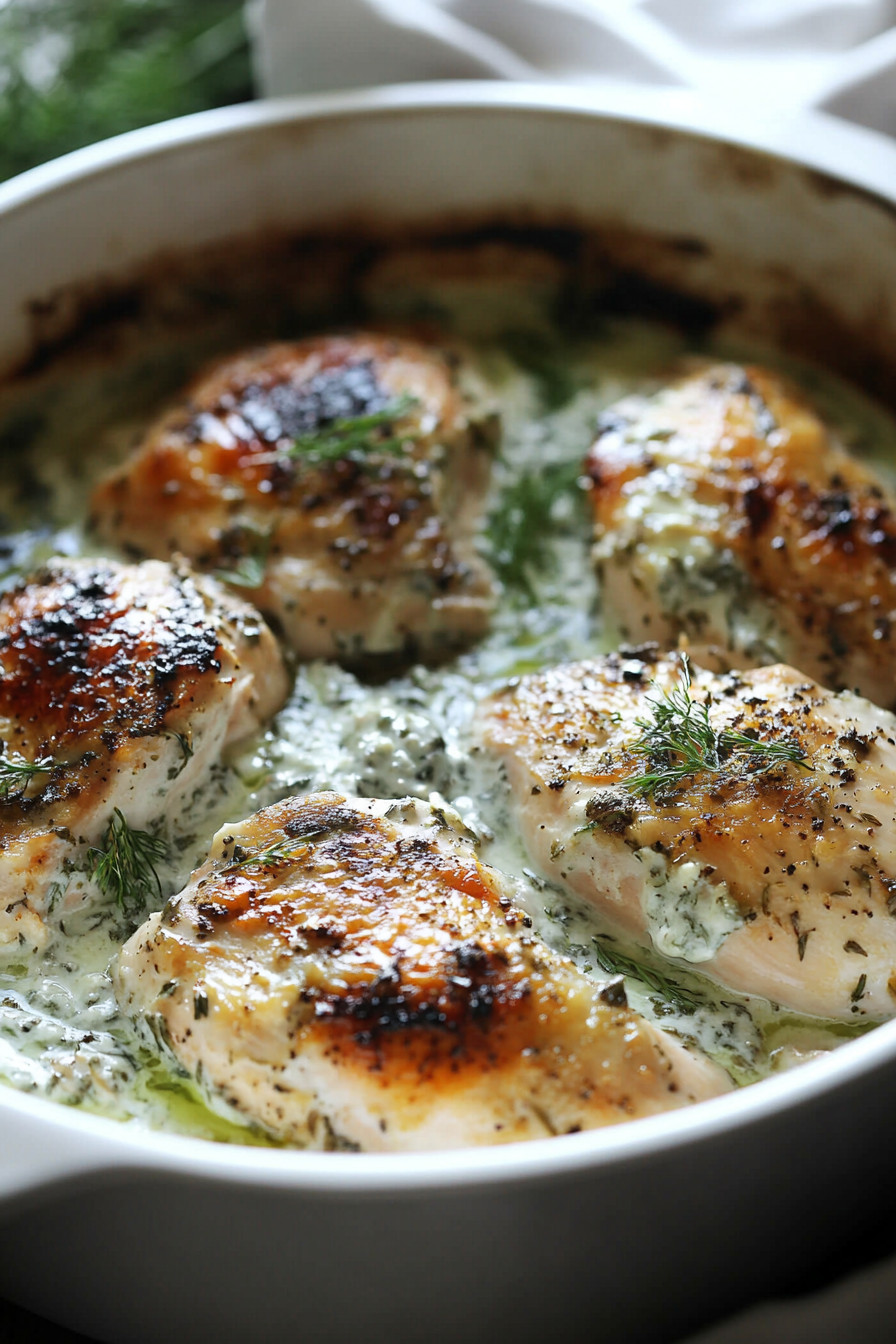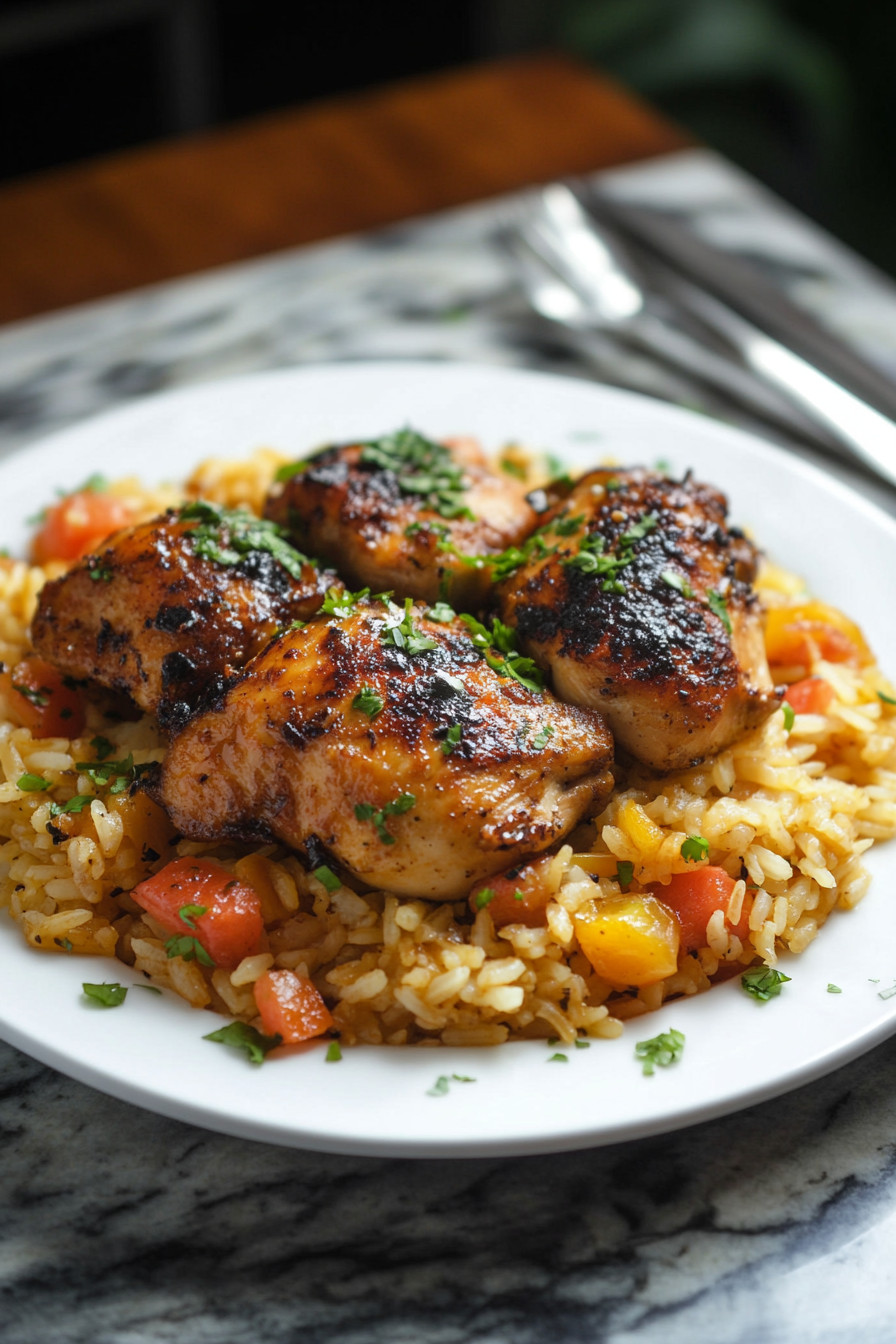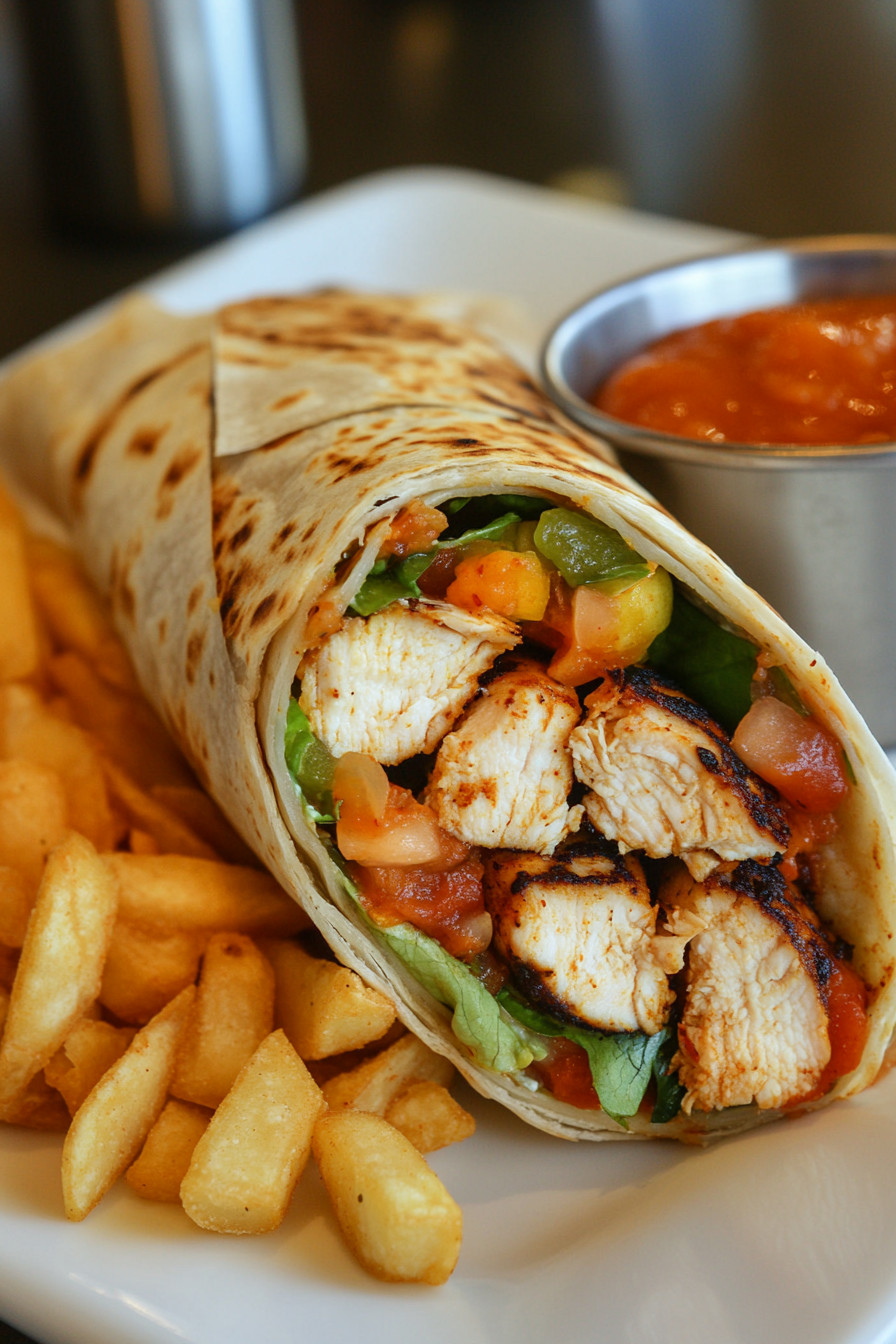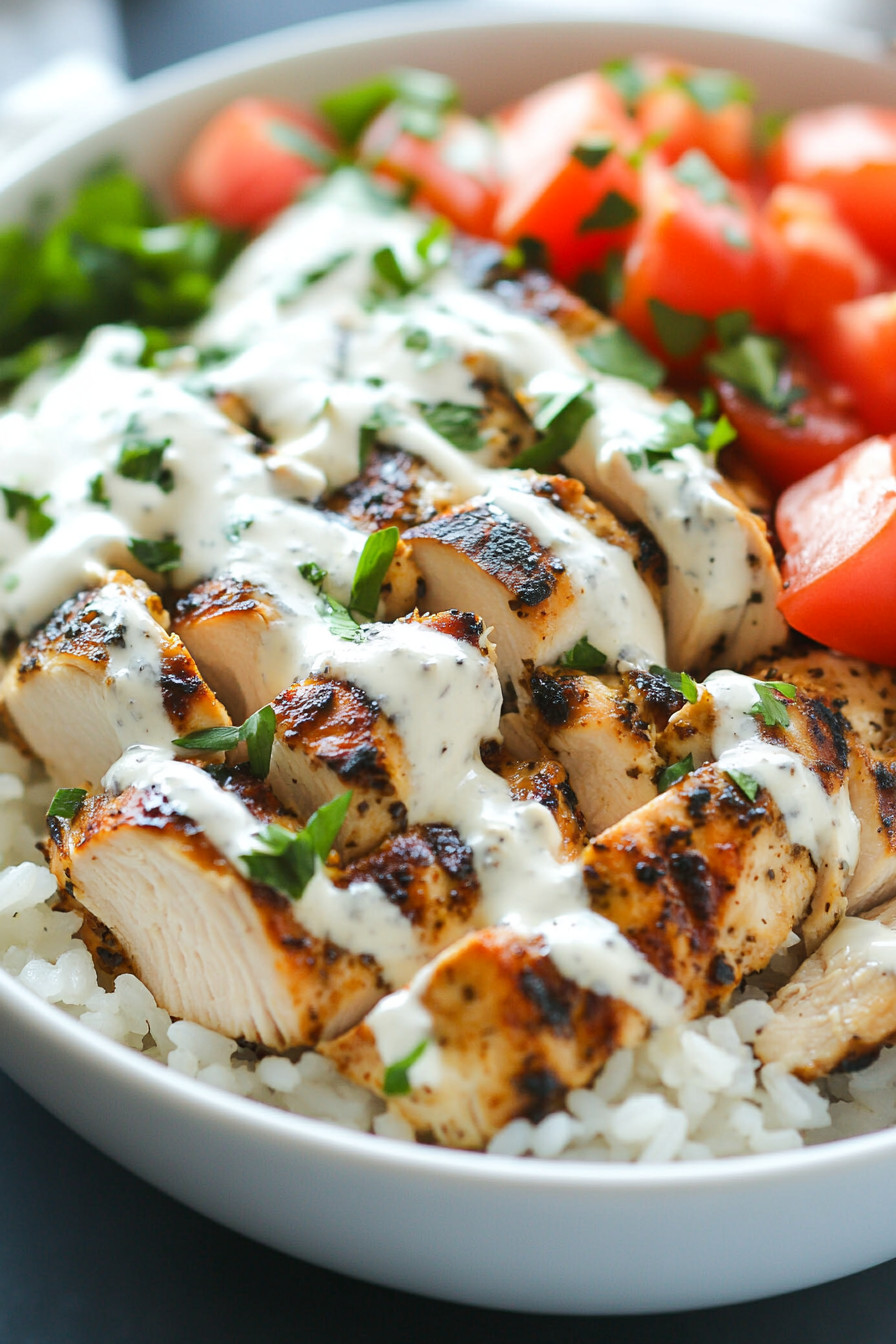Introduction
Did you know that mastering just a handful of cooking techniques can transform your everyday meals into restaurant-quality dishes? Looking to master your recipes? Discover 7 cooking methods that can elevate any dish. Unlock tips and solutions for your culinary success today! Whether you’re a novice in the kitchen or an experienced home chef looking to refine your skills, understanding fundamental cooking methods is the secret to consistent, delicious results. According to a survey by the Culinary Institute of America, 78% of professional chefs believe that mastering basic cooking methods is more important than following complicated recipes. Let’s explore these game-changing techniques that will revolutionize your approach to cooking.
Ingredients List

The foundation of any great dish starts with quality ingredients. While specific ingredients vary by recipe, here’s what you’ll typically need to practice these essential cooking methods:
- Proteins: Meat, fish, poultry, tofu, or legumes
- Vegetables: A variety of fresh seasonal produce
- Aromatics: Onions, garlic, shallots, ginger
- Herbs and Spices: Both fresh and dried for layering flavors
- Cooking Fats: Olive oil, butter, coconut oil, or avocado oil
- Liquids: Stocks, broths, wine, or water
- Acids: Vinegar, citrus juice, or wine for brightness
Substitution Tip: Don’t have a specific ingredient? Consider the function it serves in a recipe—is it providing fat, acid, sweetness, or umami? Once you understand its purpose, finding alternatives becomes intuitive.
Timing
Mastering cooking methods isn’t just about technique—it’s about timing. According to culinary data analysis, improper timing accounts for approximately 40% of cooking failures. Here’s what to consider:
- Preparation Time: 15-30 minutes (25% less when techniques are mastered)
- Cooking Time: Varies by method (see details below)
- Total Time: Typically reduced by 15-20% as cooking skills improve
- Learning Curve: Most methods can be fundamentally understood after 3-5 attempts
Step-by-Step Instructions
Method 1 – Sautéing: The Quick, High-Heat Technique
- Heat your pan over medium-high heat until it’s hot but not smoking.
- Add a thin layer of oil with a high smoke point (like grapeseed or avocado oil).
- Add your ingredients when the oil shimmers, ensuring not to overcrowd the pan.
- Toss or stir frequently to promote even cooking and prevent burning.
- Cook until ingredients are golden brown and tender, usually 5-10 minutes depending on size.
Pro Tip: The sound of ingredients hitting the pan should be a lively sizzle, not a weak sputter (too cold) or an aggressive spit (too hot).
Method 2 – Braising: The Flavor-Building Slow Cook
- Season and sear your main ingredient (typically meat) on all sides until deeply browned.
- Remove meat and sauté aromatics like onions, carrots, and celery in the same pot.
- Deglaze with liquid (wine, stock, or both) to capture all the flavorful fond from the bottom.
- Return the meat to the pot with enough liquid to cover it partially (not fully submerged).
- Cover and simmer gently (either on stovetop or in oven at 325°F) until perfectly tender.
Expert Insight: According to cooking science data, braising breaks down collagen in tough cuts of meat over 2-4 hours, delivering 65% more tenderness than quick-cooking methods.
Method 3 – Roasting: The Dry-Heat Flavor Enhancer
- Preheat your oven thoroughly (typically 375°F-425°F).
- Pat ingredients dry and toss with oil, salt, and desired seasonings.
- Arrange in a single layer on a baking sheet, ensuring no overcrowding.
- Roast until golden brown on the outside and cooked to desired doneness inside.
- Allow food to rest before serving to redistribute juices.
Game-Changing Tip: For perfect roasted vegetables, turn them halfway through cooking and maximize surface contact with the pan for optimal caramelization.
Method 4 – Steaming: The Gentle Nutrient Preserver
- Set up a steamer basket over a pot with simmering water.
- Arrange food in a single layer in the basket, allowing steam to circulate.
- Cover with a lid that fits tightly to trap steam.
- Steam until ingredients are tender when pierced with a knife.
- Season immediately after removing from heat when flavors absorb best.
Nutrition Note: Studies show steaming preserves up to 90% of vitamins compared to boiling, which can lose up to 50% of nutrients to the cooking water.
Method 5 – Grilling: The Smoky Flavor Infuser
- Preheat your grill thoroughly (15-25 minutes for charcoal, 10 minutes for gas).
- Clean and oil the grates to prevent sticking.
- Season ingredients just before placing on the grill.
- Maintain two heat zones: direct heat for searing and indirect heat for finishing.
- Resist the urge to constantly flip items; allow proper grill marks to form.
Flavor Secret: Consider soaking wood chips in water for 30 minutes before adding to charcoal for an additional layer of aromatic smoke flavor.
Method 6 – Poaching: The Gentle Protein Perfector
- Heat your poaching liquid to just below simmering (180°F-190°F).
- Add aromatics to the liquid for flavor infusion.
- Gently slide in your protein to minimize temperature drop.
- Maintain the bare simmer—no bubbles should break the surface aggressively.
- Cook until the protein reaches your desired doneness, monitoring closely to prevent overcooking.
Temperature Tip: Digital thermometers show that a properly poached protein should reach an internal temperature of 165°F for chicken and 145°F for fish.
Method 7 – Stir-Frying: The Quick Dinner Solution
- Prepare all ingredients before heating your wok or pan (mise en place is crucial here).
- Heat your wok until a drop of water evaporates instantly.
- Add oil and swirl to coat the cooking surface.
- Add ingredients in order of cooking time, starting with aromatics.
- Keep everything moving constantly using a tossing motion or wooden spoon.
Efficiency Hack: A properly executed stir-fry takes just 4-7 minutes of cooking time, making it 60% faster than most other dinner preparation methods.
Nutritional Information
Understanding the nutritional impact of different cooking methods can help you make informed choices:
- Steaming and Poaching: Lowest in added fats, retain water-soluble vitamins, preserving approximately 90% of nutrients
- Grilling and Roasting: Allows fat to drip away, reducing calorie content by up to 25% compared to frying
- Sautéing: Moderate fat addition, but significantly less than deep frying (typically 5-10g vs. 25g+ per serving)
- Braising: Excellent for breaking down fiber in vegetables, increasing nutrient availability by approximately 35%
Healthier Alternatives for the Recipe
Transform your favorite recipes with these health-conscious modifications while maintaining exceptional flavor:
- Replace heavy cream with Greek yogurt or coconut milk for creamy textures with 60% less saturated fat
- Substitute half the oil in marinades with citrus juice or vinegar to maintain flavor while cutting calories
- Use herbs and spices more liberally to reduce salt dependency while enhancing flavor profiles
- Experiment with alternative cooking methods: try air-frying instead of deep-frying for 75% less oil usage
For special dietary needs:
- Keto-friendly: Focus on grilling, roasting, and braising with appropriate fats
- Plant-based: Master the art of roasting vegetables to develop natural sugars and depth of flavor
- Gluten-free: Perfect poaching and steaming techniques that don’t rely on flour for thickening
Serving Suggestions
Elevate your culinary creations with these presentation ideas:
- For sautéed dishes: Serve over a bed of fresh greens that will slightly wilt from the heat, creating textural contrast
- For braised meals: Present family-style in the cooking vessel with fresh herbs scattered on top for visual appeal
- For grilled items: Rest on a wooden board with charred lemon halves for both decoration and flavor enhancement
- For steamed creations: Serve with a vibrant sauce drizzled artfully around the plate rather than directly on food
Looking for complementary side dishes? Check out our Summer Salad Recipes that pair perfectly with these cooking methods, or finish your meal with our Easy No-Bake Summer Desserts.
Common Mistakes to Avoid
Data analysis of home cooking failures reveals these top pitfalls for each method:
- Overcrowding the Pan: Reduces temperature by 45%, causing steaming instead of proper browning
- Improper Preheating: Accounts for 30% of texture failures in cooking
- Inconsistent Cutting Sizes: Results in uneven cooking, with some pieces overdone while others remain raw
- Over-stirring Braised Dishes: Breaks down tender ingredients, causing mushiness
- Frequent Lid Peeking: Each peek releases approximately 25% of accumulated heat
- Improper Seasoning Timing: Salt should be added at specific times depending on the method
- Impatience with Resting Periods: Not allowing proteins to rest loses 15-25% of juices when cut too soon
Storing Tips for the Recipe
Maximize freshness and minimize waste with these storage strategies:
- Cooked Proteins: Store refrigerated in airtight containers for 3-4 days; freeze for up to 3 months
- Roasted Vegetables: Maintain best texture when refrigerated up to 3 days, reheat in a hot oven rather than microwave
- Braises and Stews: Flavor improves after 24 hours in the refrigerator; freeze flat in ziplock bags for efficient storage
- Steamed Items: Most perishable of all methods; consume within 2 days or properly freeze
- Meal Prep Strategy: Cook components separately using appropriate methods, then assemble just before eating
Conclusion
Mastering these seven fundamental cooking methods—sautéing, braising, roasting, steaming, grilling, poaching, and stir-frying—will transform your culinary abilities and give you the confidence to tackle any recipe. By understanding the science and technique behind each method, you’ll develop the intuition to cook without strict recipes, adapt to ingredient availability, and create meals that consistently impress. Remember that cooking is both science and art—precision matters, but so does your personal touch.
Ready to put these methods into practice? Start with our delightful Strawberry Angel Food Cake Dessert that combines several of these techniques for a spectacular result. We’d love to see how you apply these methods to your favorite recipes—share your creations with us in the comments below!
FAQs
Q: Which cooking method is best for preserving nutrients in vegetables?
A: Steaming ranks highest for nutrient retention, preserving up to 90% of water-soluble vitamins compared to boiling or frying. For a close second, quick stir-frying maintains approximately 70-80% of nutrients.
Q: How do I know when to use high heat versus low heat cooking methods?
A: Use high-heat methods (sautéing, grilling, stir-frying) for tender cuts of meat and quick-cooking vegetables. Reserve low-heat methods (braising, poaching) for tougher cuts of meat or delicate items like fish and eggs that benefit from gentle cooking.
Q: Can I combine multiple cooking methods in one recipe?
A: Absolutely! Many chef-quality dishes use multiple techniques—like searing meat before braising or blanching vegetables before sautéing. This layering of methods builds complexity and depth of flavor.
Q: What’s the most versatile cooking method for beginners to master first?
A: Roasting is incredibly forgiving and versatile, working well for vegetables, proteins, and even fruits. It requires minimal hands-on time and equipment while delivering consistently delicious results.
Q: How can I adapt these methods for small kitchens with limited equipment?
A: Focus on mastering one-pan methods like sautéing and stir-frying. Invest in a single high-quality skillet that can also go into the oven for roasting. These adaptable techniques require minimal space and equipment while offering maximum culinary potential.
Looking for more culinary inspiration? Check out our collection of recipes and cooking tips on Pinterest.

